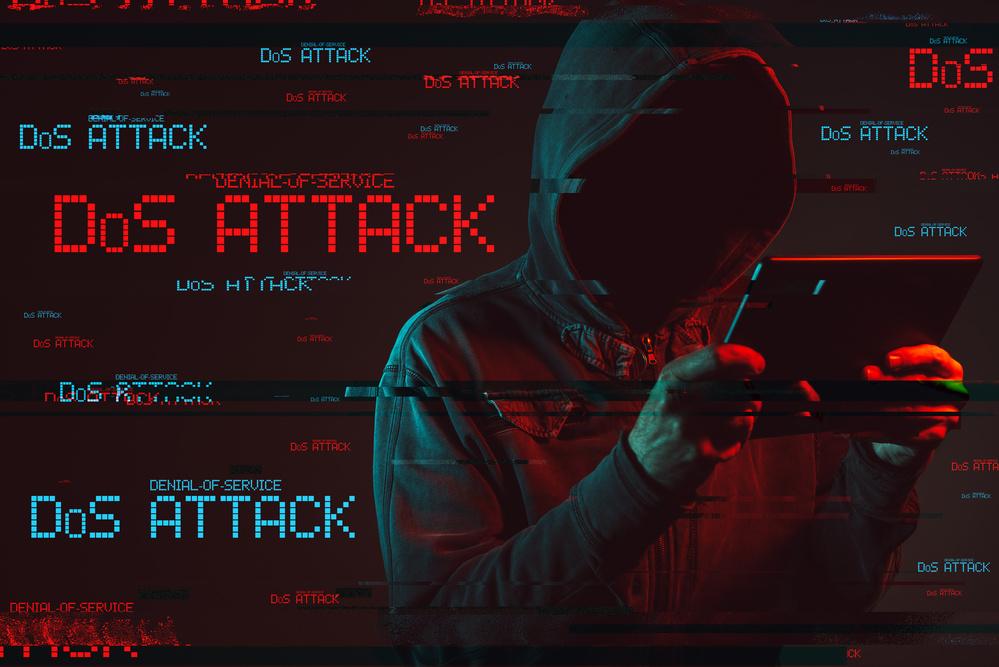Cicada Ransomware Attack ALERT
The world of cybersecurity has been witness to a myriad of threats, each with its unique set of challenges and implications. Among these, ransomware attacks have emerged as particularly nefarious, given their ability to not only compromise sensitive data but also demand hefty ransoms in exchange for the decryption key. One such ransomware that has been making headlines with its audacious attacks is the Cicada ransomware. This article aims to delve into the intricacies of the Cicada ransomware, exploring its operational mechanics, the impact it has on organizations, and most importantly, the strategies that can be employed to prevent such attacks.
Understanding Cicada Ransomware
Cicada ransomware, known for its sophisticated tactics, has been linked to a group of attackers believed to be of Chinese origin. The ransomware is designed to exploit vulnerabilities in Windows and other operating systems, allowing the attackers to gain unauthorized access to an organization’s network. Once inside, the malware swiftly moves to encrypt files, making them inaccessible to the owners. A ransom note, typically left on the compromised systems, demands payment in cryptocurrency for the decryption key.
One of the distinguishing features of Cicada ransomware is its ability to evade detection by traditional security software. This is achieved through the use of advanced obfuscation techniques and the continuous evolution of its code, making it a moving target for cybersecurity professionals. Moreover, Cicada is known for its double-extortion tactics, where attackers not only demand a ransom but also threaten to leak sensitive data if their demands are not met. This has led to significant psychological pressure on the affected organizations, further complicating their response to the attack.
Impact on Organizations
The impact of a Cicada ransomware attack can be devastating. Beyond the immediate financial cost of paying the ransom, organizations face potential losses due to downtime, as critical systems and data become unavailable. The reputational damage can also be significant, especially if sensitive customer or client data is compromised. In an era where data privacy is paramount, organizations hit by ransomware attacks may find themselves facing regulatory penalties and legal challenges.
Furthermore, the psychological impact on employees and stakeholders should not be underestimated. A ransomware attack can lead to a loss of trust in the organization’s ability to protect its assets and, by extension, its people. This can result in decreased morale, increased turnover rates, and challenges in attracting new talent in the aftermath of an attack.
Prevention and Response Strategies
Given the severe implications of a Cicada ransomware attack, prevention is undoubtedly the best form of defense. Organizations can take several proactive measures to protect themselves:
- Regular Updates and Patches: Ensuring that all software, particularly operating systems and commonly used applications, are updated with the latest security patches can help prevent exploitation of known vulnerabilities.
- Robust Backup Practices: Implementing a comprehensive backup strategy that includes off-site storage can provide a failsafe should data become encrypted. Regularly testing these backups to ensure their integrity is crucial.
- Employee Education: Conducting regular training sessions on cybersecurity best practices can significantly reduce the risk of attacks initiated through phishing emails or other social engineering tactics.
- Advanced Threat Protection: Investing in advanced security solutions that include artificial intelligence and machine learning can help detect and prevent sophisticated threats like Cicada ransomware.
- Incident Response Plan: Having a well-defined incident response plan in place can significantly mitigate the damage in the event of an attack. This plan should include protocols for containment, eradication, recovery, and post-incident activities.
Conclusion
The Cicada ransomware represents a significant threat to organizations worldwide, with its sophisticated attack vectors and potential for widespread disruption. However, by understanding its mechanics and adopting proactive measures, businesses and entities can significantly reduce their vulnerability to such threats. In the ever-evolving landscape of cybersecurity, vigilance, and preparedness are key to navigating the challenges posed by malicious actors. As the threat landscape continues to evolve, so too must our defenses, ensuring that we stay one step ahead of those who would seek to do us harm.
What is Cicada ransomware, and how does it operate?
+Cicada ransomware is a type of malware designed to encrypt files on a computer system, demanding a ransom in exchange for the decryption key. It operates by exploiting vulnerabilities in operating systems, allowing unauthorized access, and then encrypting files to extort money from the victims.
How can organizations protect themselves from Cicada ransomware attacks?
+Organizations can protect themselves by ensuring all software is up-to-date, implementing robust backup practices, educating employees on cybersecurity, investing in advanced threat protection, and having a comprehensive incident response plan in place.
What are the potential consequences of a Cicada ransomware attack on an organization?
+The consequences can include significant financial losses, both from paying the ransom and from downtime, as well as reputational damage, potential legal and regulatory issues, and psychological impacts on employees and stakeholders.



